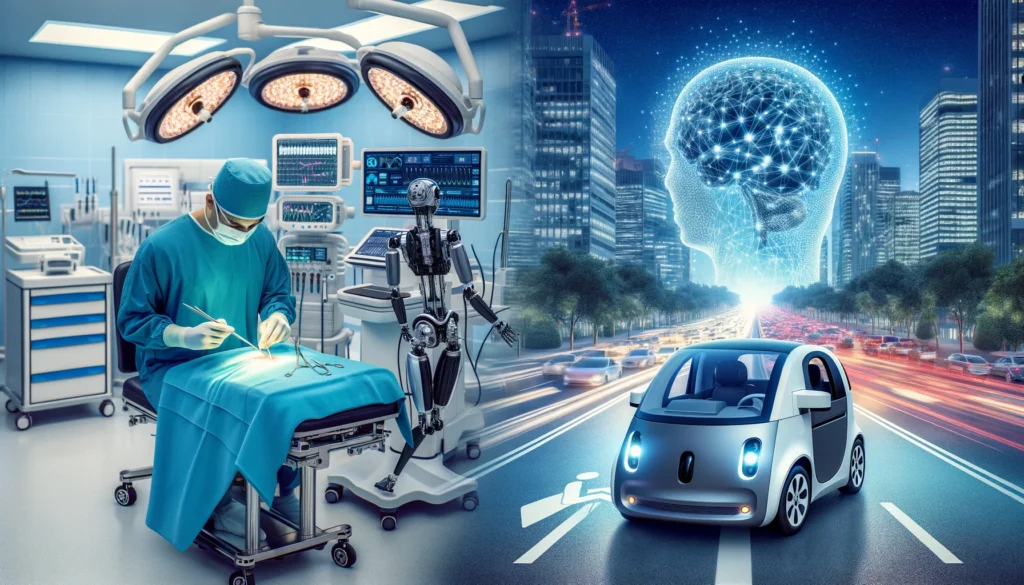In our ongoing exploration of Artificial Intelligence (AI), we’ve touched on everything from deep learning to natural language processing. A particularly transformative area is robotics, where AI is revolutionizing how machines operate and interact.
What is Robotics?
Robotics focuses on designing, building, operating, and using robots. These are programmable machines capable of carrying out actions autonomously or semi-autonomously. When enhanced with AI, robots can adapt to new environments, make decisions, and learn from their experiences.
The Role of AI in Robotics

AI significantly enhances robotics, granting robots the ability to process information, learn, and make decisions. This integration is crucial for tasks that require complexity, such as navigating rough terrain, manipulating objects, or interacting with humans. Consequently, AI enables robots to:
- Perceive Their Environment: Robots utilize sensors and digital data to understand their surroundings, similar to how AI processes images and sounds. For a deeper understanding, check out this overview on sensor technology in robotics.
- Process and Analyze Data: Robots apply AI algorithms to assess their environment and decide on actions. For instance, a robot in a factory might sort materials by shape and color. Learn more about AI algorithms in robotics here.
- Learn From Experience: Robots improve their performance over time using machine learning, akin to how AI optimizes digital assistant responses. Further details on machine learning in robotics can be found here.
Applications of AI-Enhanced Robotics

The synergy between AI and robotics is transforming several sectors:
- Manufacturing: Robots execute repetitive tasks with precision and quickly adapt to new processes, boosting efficiency and safety. Additionally, they enhance productivity in manufacturing, as detailed here.
- Healthcare: AI-powered surgical robots assist doctors in precise operations. Rehabilitation robots help patients regain mobility through adaptive therapy. More on AI in healthcare can be explored here.
- Autonomous Vehicles: Self-driving cars use AI to process sensory information and make complex driving decisions swiftly. This area’s intricacies are explained in more depth here.
- Exploration: Robots explore extreme environments, like deep oceans or other planets. AI assists these robots in making informed decisions with limited human input. Discover more about robotic exploration here.
Challenges and Considerations
Merging AI with robotics presents unique challenges, including ensuring safety, managing ethical concerns about autonomy, and handling the high costs of development. Moreover, there’s the need to address potential job displacement as robots take on more complex tasks.
Conclusion
Robotics and AI together extend beyond their individual capabilities, not only allowing robots to think and learn but also letting AI influence real-world outcomes. As we delve deeper into AI’s capabilities, the future of robotics offers promising prospects for reshaping industries and daily life. Understanding this synergy allows us to appreciate the broad impact of AI, a recurring theme in our series on AI technologies.
Stay tuned as we continue to explore and unpack the dynamic world of AI and robotics, providing you with the latest insights and developments, in this series of AI Basics.



